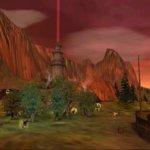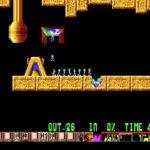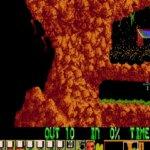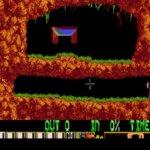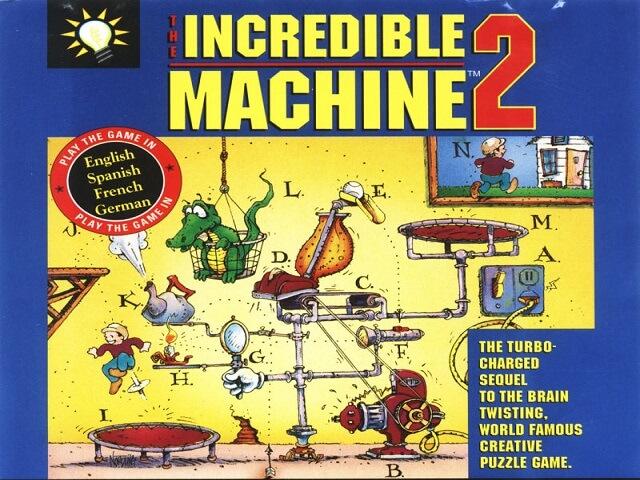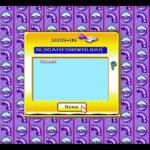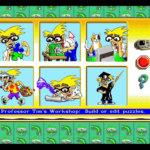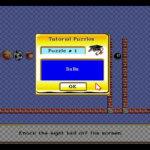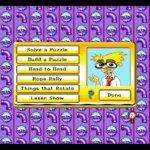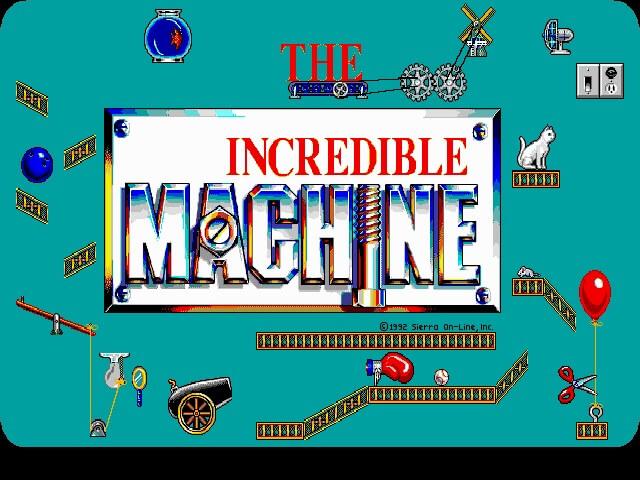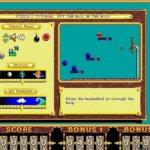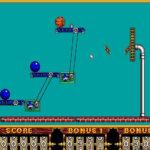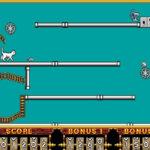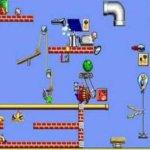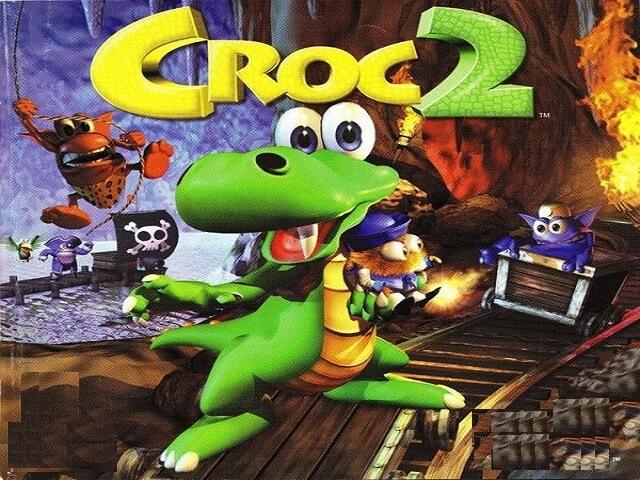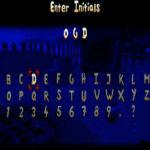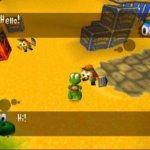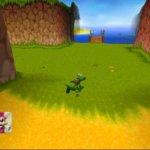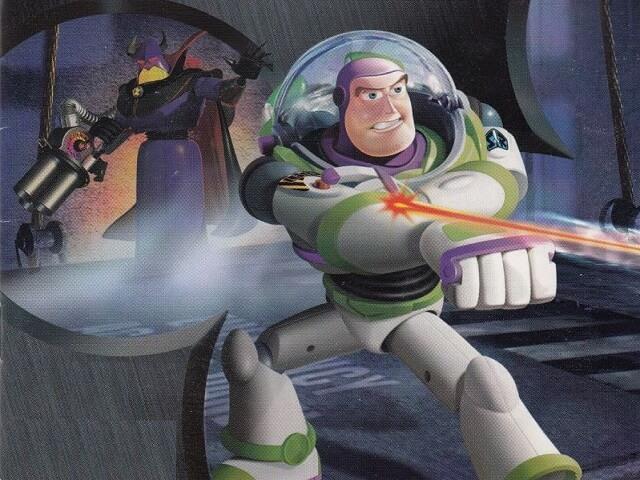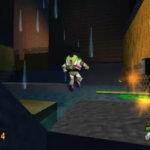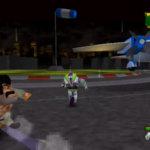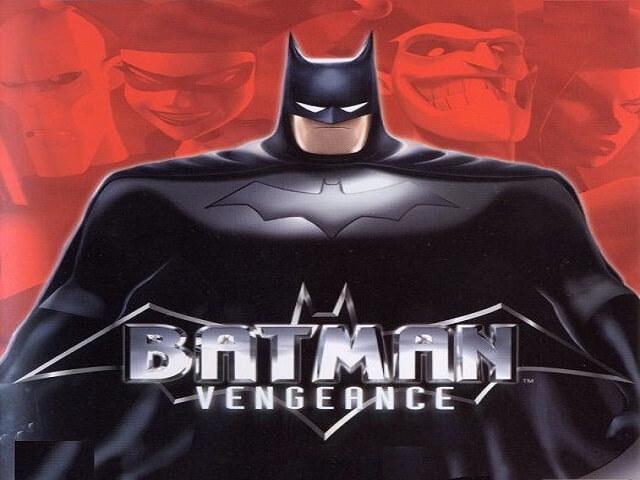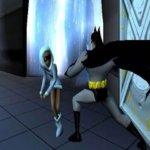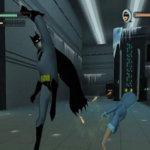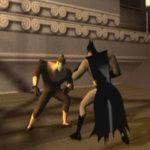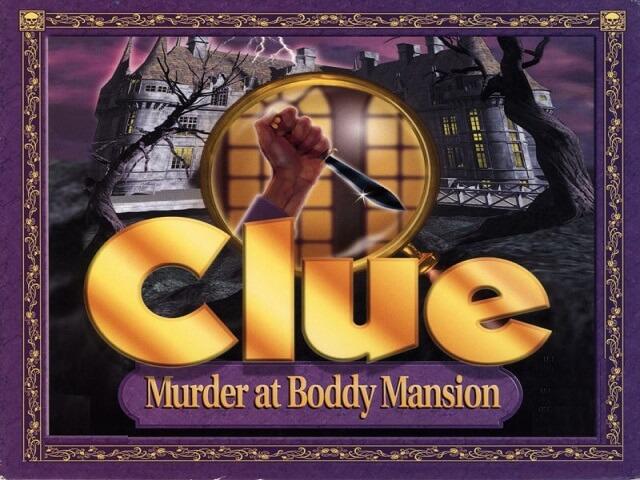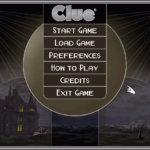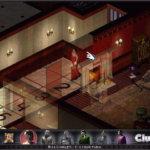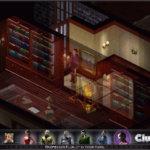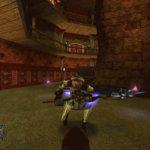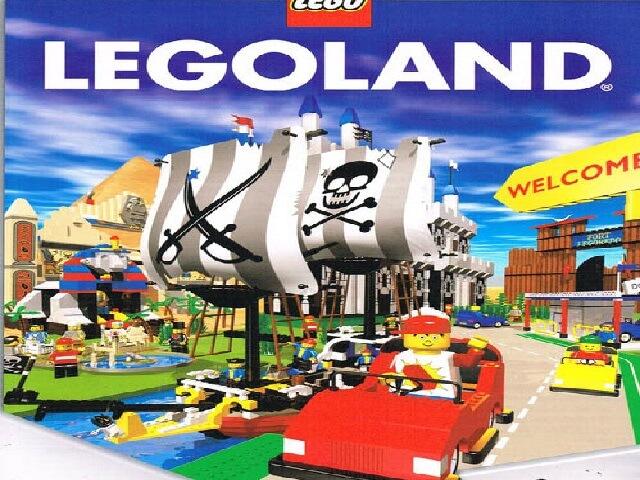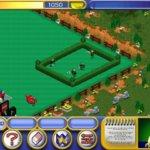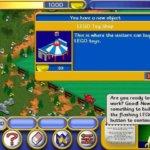Search results for: “Puzzle”
-

Barbie as the Princess and the Pauper
Barbie as the Princess and the Pauper is a point-and-click adventure game that was released in 2004 for personal computers. The game is based on the animated direct-to-video movie of the same name, which tells the story of a princess and a poor girl who look exactly alike and end up switching places.
In the game, players assume the role of Princess Anneliese and must navigate through a series of puzzles and challenges in order to reclaim her rightful place as queen. Along the way, players will interact with characters from the movie, such as the evil Prime Minister and the loyal servant, Marissa.
The gameplay in “Barbie as the Princess and the Pauper” consists of exploring various locations, collecting items, and using those items to solve puzzles. For example, players may need to find a key to unlock a door or use a hammer to fix a broken machine. As players progress through the game, they will encounter increasingly difficult puzzles that require more thought and strategy to solve.
In addition to the main story mode, the game also includes a number of mini-games that players can participate in. These mini-games range from simple puzzles to rhythm-based games, and provide a fun break from the main gameplay.
One of the standout features of “Barbie as the Princess and the Pauper” is its vibrant, colorful graphics. The game is set in a fictional medieval kingdom and features detailed environments and character designs that are true to the Barbie brand. The game’s music and sound effects are also well done, with catchy tunes and appropriate sound effects adding to the overall atmosphere of the game.
Overall, “Barbie as the Princess and the Pauper” is a charming and engaging adventure game that is suitable for players of all ages. Its fun storyline, challenging puzzles, and colorful graphics make it a great choice for fans of the Barbie brand and adventure games in general.
Publishers Vivendi Universal Interactive Publishing Developers Vivendi Universal Interactive Publishing Release date 2004 Genre Puzzle Download [title]
We might have the game available for more than one platform. Barbie as the Princess and the Pauper is currently available on these platforms:
Install on Windows 7, 8.1, 10 7 11 PC
[title] Screenshots
Windows

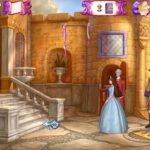


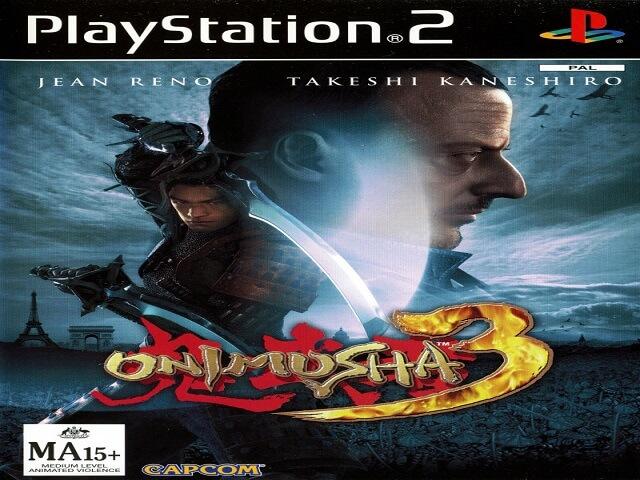
Onimusha 3: Demon Siege
Game Description
Greetings from “Onimusha 3: Demon Siege“‘s thrilling universe! This action-adventure game, created by Capcom, is a masterpiece that transports players through time and space while fusing supernatural and historical fiction elements to create a compelling gaming experience.
Players are introduced to two intriguing protagonists in this suspenseful story: Jacques Blanc, a contemporary French police officer, and Samanosuke Akechi, a talented samurai from feudal Japan. These two heroes must team up to fight the evil forces of the demonic warlord Nobunaga Oda, whose deadly aspirations threaten to overrun both the past and the present, as they find themselves trading places throughout ages.
“Onimusha 3: Demon Siege” offers an experience unlike any other thanks to its deft blending of complex plot, brutal action, and breathtaking scenery. As you fight to bring both eras back into balance, this game promises to have you on the edge of your seat, whether you enjoy action-packed gameplay, intricate historical settings, or mystical intrigue. Prepare yourself to set out on an incredible journey full of obstacles, revelations, and life-long memories in this timeless Capcom classic.
| Publishers | Capcom, Sourcenext, Ubisoft |
| Developers | Capcom, Sourcenext |
| Release date | 2004 |
| Genre | Action, Adventure |
How to Download & Install
- Click the DRM Free [site]link below to download.
- Wait until client finishes downloading to 100% and then locate the file/s folder.
- Follow the step(s) to install:– Run or Double click [site]! setup_. exe
- That’s it, play and enjoy!
- You can support the developers by, if you like it BUY IT!
Install on Windows Vista, 7, 8.1, 10 & 11 PC
Dive into the World of Onimusha 3: Demon Siege
Alright, let’s break down what makes playing “Onimusha 3: Demon Siege” such a thrilling experience:
Intense Combat Action
Imagine yourself thrust into a world where samurai and demons battle with swords, and you’re there in the middle of it. “Onimusha 3” features robust and exciting combat that is furious. You’ll be able to do amazing actions that will make you feel like the protagonist of your own action movie, thanks to the variety of weapons at your disposal, including swords and spears.
Mind-Bending Puzzles and Exploration
It’s not just about the fighting, though. “Onimusha 3” incorporates some intriguing riddles and discovery. As you make your way through the complex game world, you’ll be equally challenged and rewarded whether you’re cracking old codes or opening secret chambers.
Thrilling Time-Traveling Adventures
With “Onimusha 3’s” time-traveling twist, be ready for an exciting voyage. You could be fighting demons as a formidable samurai in feudal Japan one minute, and then a French police officer speeding through the streets of contemporary Paris the next. You’ll be on the edge of your seat as you discover the intriguing plot of the game—it’s like playing two games in one.
Stunning Visuals and Immersive Environments
Not to mention the stunning visuals, “Onimusha 3” is a visual feast. Every element, from bustling city streets to ancient temples, is brought to life with breathtaking graphics that immerse you in the game’s universe like never before.
Thus, “Onimusha 3: Demon Siege” is the perfect choice if you’re searching for an adventure that’s equally action-packed, thought-provoking, and graphically spectacular. You won’t soon forget the journey!
[title] Screenshots
Window

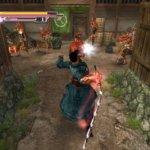

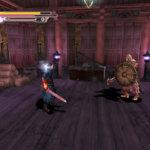
The Future of Onimusha 3: Demon Siege
Fans of “Onimusha 3: Demon Siege” are giddy with anticipation as they look ahead and wonder what lies ahead for this cherished game. Here are some ideas that we’re all excitedly thinking about:
Could We See a Remastered Version?
There is hope for a remastered version of “Onimusha 3,” as there is for many old games. Imagine the same compelling plot and furious fighting, but with more features and perhaps even more modern graphics. This is the kind of update that can make us fall in love with the game all over again.
What About Sequels or Spin-offs?
The universe of “Onimusha” is full with possibilities. Who wouldn’t want to delve further into this alluring universe? Excited fans can’t wait for new sequels or spin-offs, whether they follow our beloved heroes on their journeys or delve into unexplored storylines.
Could We See “Onimusha” Beyond Gaming?
Consider “Onimusha” expanding into books, comic books, or even television series. There are countless options! These translations may expand our opportunities to explore the exciting world of “Onimusha” and bring it to the attention of new viewers.
Wrapping Up
Fans are excitedly anticipating whatever comes next for “Onimusha 3: Demon Siege,” even though we may not know exactly what the future holds for the game. The spirit of “Onimusha” lives on, keeping us all excitedly awaiting whatever is coming next, be it a remaster, a sequel, or something else different.
“Onimusha 3: Demon Siege” FAQs
Q: What is “Onimusha 3: Demon Siege”?
A: “Onimusha 3: Demon Siege” is an action-adventure game developed and published by Capcom. It’s the third installment in the “Onimusha” series, known for its blend of historical fiction, intense combat, and supernatural elements.
Q: What platforms is “Onimusha 3: Demon Siege” available on?
A: Originally released for the PlayStation 2, “Onimusha 3: Demon Siege” has been ported to other platforms, including Xbox and Microsoft Windows.
Q: Can I play “Onimusha 3: Demon Siege” on modern consoles?
A: While there hasn’t been an official remaster or re-release for modern consoles, backward compatibility may allow you to play the original PlayStation 2 version on certain platforms.
Q: What’s the storyline of “Onimusha 3: Demon Siege”?
A: The game follows the journey of two protagonists, Samanosuke Akechi, a samurai from feudal Japan, and Jacques Blanc, a French police officer in modern-day Paris. Through a time-traveling twist, they must join forces to combat the demonic warlord Nobunaga Oda and his minions threatening both past and present.
Q: How does the combat system work in “Onimusha 3: Demon Siege”?
A: Combat in “Onimusha 3” is action-packed and involves using a variety of weapons, including swords and magical artifacts, to defeat enemies. Players can execute combos, counterattacks, and special moves to vanquish foes.
Q: Are there puzzles and exploration elements in the game?
A: Yes, in addition to combat, “Onimusha 3” features puzzles and exploration. Players will encounter puzzles to solve and hidden areas to discover as they progress through the game.
Q: Is there multiplayer or online functionality in “Onimusha 3: Demon Siege”?
A: No, “Onimusha 3: Demon Siege” is a single-player experience with no multiplayer or online modes.
Q: Can I expect a sequel or remaster of “Onimusha 3: Demon Siege”?
A: While there hasn’t been any official announcement regarding a sequel or remaster, fans continue to express interest in the franchise’s future. Stay tuned for any updates from Capcom regarding the “Onimusha” series.



